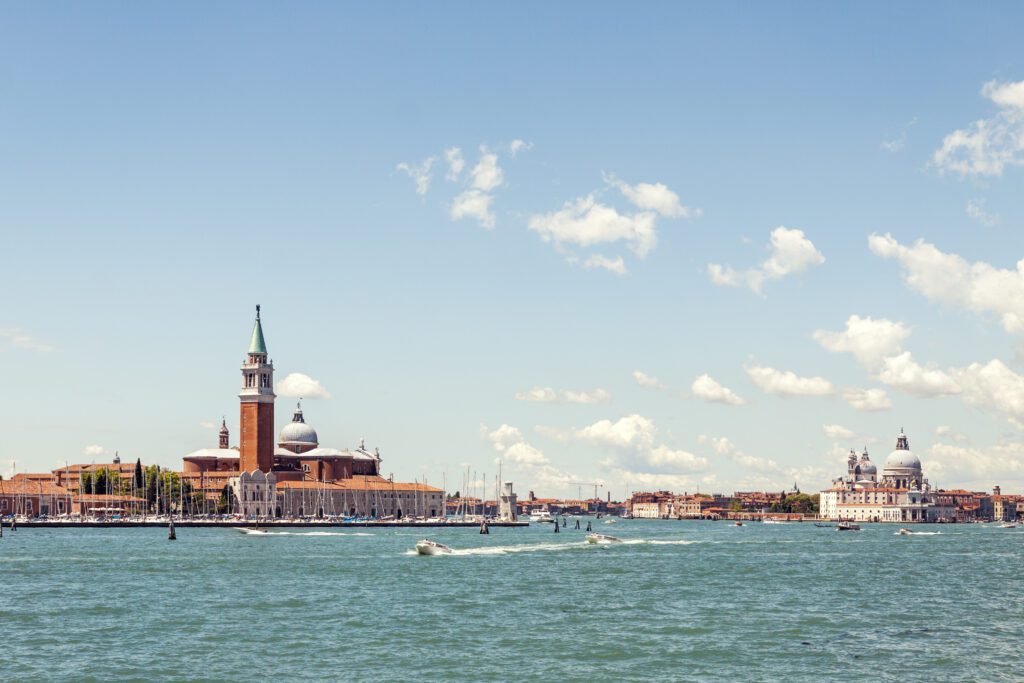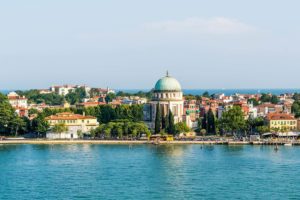Do you know the history of the huts on the Lido of Venice?

The first concessions on an island of gardens and fortifications
In 1856, Venice was still under Austrian rule, and the Lido was a land of swamps and military bases. Giovanni Busetto, known as “Fisola,” while wandering along the beaches, discovered a strange structure called a “trabacca for Marine Baths.” He realized that this service was offered to foreign tourists by a woman, Margherita Canzich Valdevit. After a brief conversation with the small entrepreneur, she decided to transfer the state concession of the territory to him.
The trabacche began to multiply slowly, transforming into a real establishment, where you could find tents, costumes, and bathrobes, along with a restaurant service and evening entertainment shows. In short, by the mid-19th century, Fisola had already embraced the Venetian spirit of welcoming tourists, also creating and inaugurating a direct connection between San Marco and the Lido operated by a steamboat and numerous boats.
Today, the huts continue to be a sort of symbol of belonging, a distinctive feature of the Venetian identity. Even Gustav von Aschenbach, the protagonist of Thomas Mann’s “Death in Venice,” after arriving at the Lido lulled by the waves that accompanied his gondola, was amazed by the strange structures, now a symbol of a unique seaside resort in the world. He wrote: “In front of the long row of huts and their platforms, on which people sat as on small verandas, there was liveliness of movement and lazy stretching in the torpor: visits and conversations were exchanged, careful morning elegance stood alongside the nakedness that boldly and calmly savored the freedom granted in that place.”
Learn more about what you can find on our beautiful island here.

Venice in Celebration: A Journey Through Sport, Tradition, and Culture

The Venice Carnival in 2025 meets Casanova










